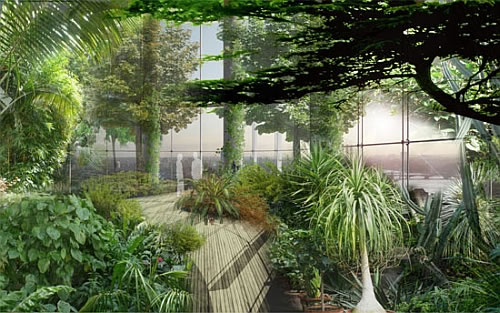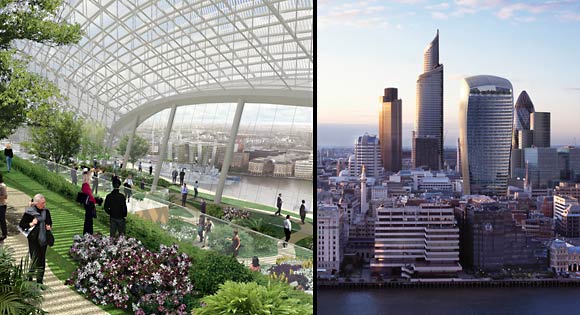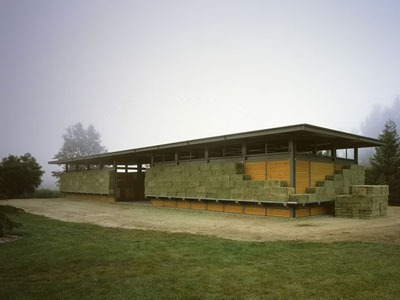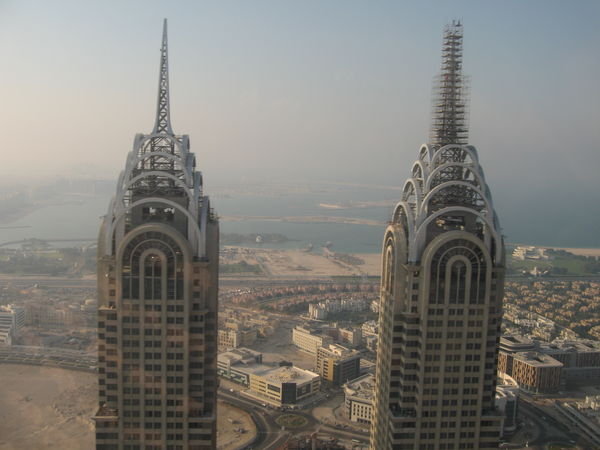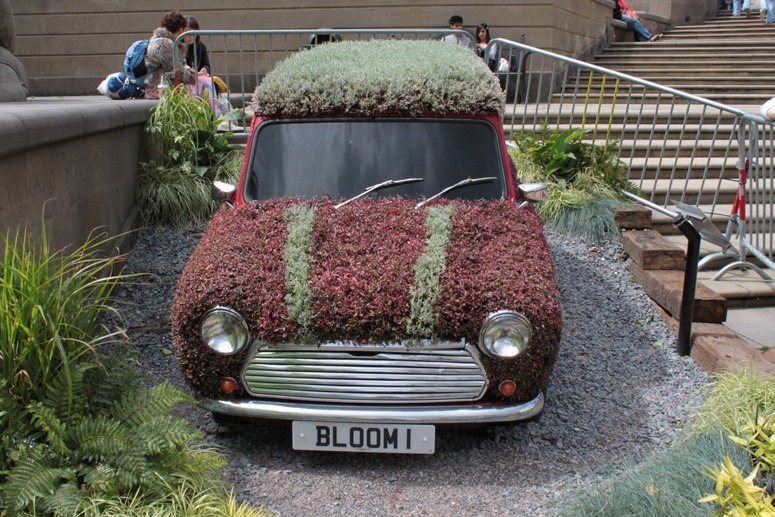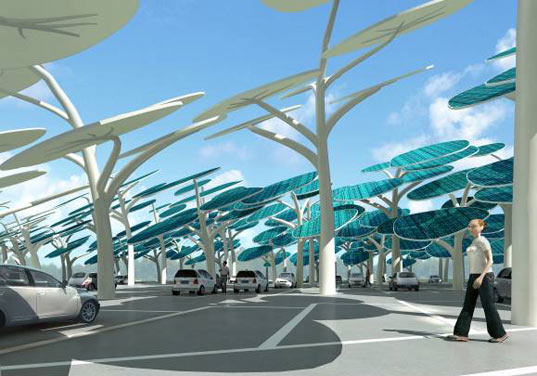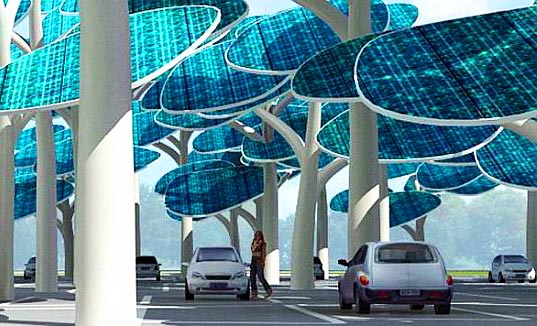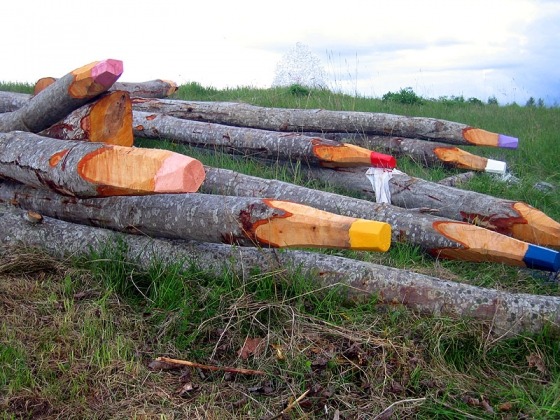 Environmental art is incredible for its ability to enable us to perceive the everyday in new ways. Art is also often a useful design tool because it assists us to describe an aspect of seeing which is otherwise difficult to illustrate.
Environmental art is incredible for its ability to enable us to perceive the everyday in new ways. Art is also often a useful design tool because it assists us to describe an aspect of seeing which is otherwise difficult to illustrate.
Garden design, while sometimes surprising, usually aims at a form of contemplative delight in which our senses come to a point of rest. In Japanese garden design the concept of Ma (space) is important.
Boye de Mente in Elements of Japanese Design: Key Terms for Understanding and Using Japan’s Wabi-Sabi-Shubui Concepts (p43) describes the concept of Ma;
“Ma uses space as well as time and refers to the space time between events. It is space that is sensually as well as intellectually perceived. In the Japanese concept of things, ma gets your attention and directs your mind or thoughts along specific paths that lead to some kind of conclusion or pleasant feeling. “
Environmental art plays with the unexpected juxtaposition of the familiar and the unfamiliar to challenge our usual point of view. While illustrating, I believe, the Japanese concept of Ma this Finnish composition entitled coloured pencils has us consider our perceptions of our place and role in the world;
“finnish environmental landscape art challenges us to ponder
who we are, where we belong & what our place is
in the great universal cycle”

